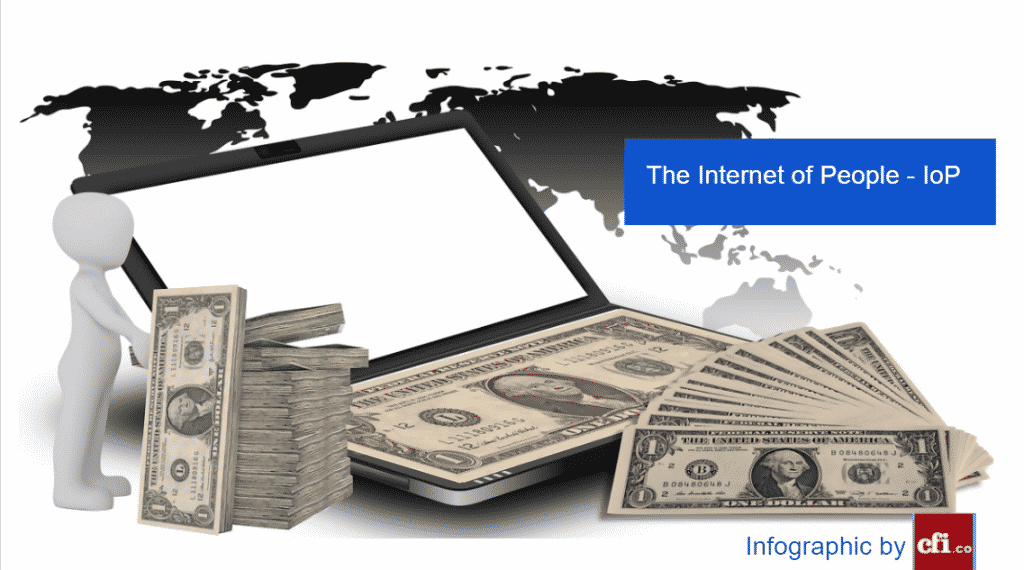In the typical Internet infrastructure, people and their devices were somehow mere end-users of applications; however, users, along with the expansion of the Internet, started establishing tighter interactions with their devices and – through them – with other individuals. The concept of the Internet of People reflects the active roles that humans are playing and is also the answer created to solve the new types of interactions.

So what is the Internet of People?
Internet of People, also known as IoP, is the connection between people through the Internet and other technologies. It resembles a digital cooperative, which offers open- source and decentralized infrastructure. It uses blockchain and advanced peer-to-peer technologies to enable people to communicate and do business without compromising their privacy and free from third-party censorship.
The advantage of the Internet of People’s decentralization
The goal of IoP is to eliminate the middlemen during our online activity, enabling us to perform perform any transaction or sharing information with our consent freely. The decentralization that IoP offers saves us from data breaches or misuse of our data. It is well known that companies gather and the excessive amount of data from the users and, frequently, they sell it, re-direct it, or use it for means users don´t even know.
Besides the systematized rupture of our privacy, another issue is that as companies don´t always store users´ data with the required level of security, our information and identity are at risk of being publicly exposed. The same way IoP enables authorized information sharing, it also enables device-to-device connection without a central server routing the connection, which ensures privacy.
The origins of IoP
Internet of People project was founded by Luis Fernando Molina with the financial support of Lan Tschirkly, who abandoned it in June 2017. When Molina discovered the Bitcoin, he decided that he would take advantage of the underlying technology to solve the problem humans face of “unlimited concentration of power.” Molina, with Tschirkly’s support, first created a group of tech-savvy adventurers created the “Fermat Community,” which later split into IoP and Fermat Community.
The technology behind IoP
IoP uses a combination of Proof of Work and Proof of Stake systems, combined the so-called SHA256 algorithm, an algorithm that transforms data into text and uses unique digital signatures that need to be proved by one of the above mentioned proof systems. The good news is that the most common devices, from a PC to a smartphone can mine IoP tokes, without the need for sophisticated hardware or software.
The future of IoP
Although the numbers for IoP don´t seem appealing enough to invest on it yet, it’s underlying concepts of freedom and decentralization, along with the solution it presents to data privacy and security as growing needs, may indicate that there are great chances of development and global growth for IoP.
The time for big companies and institutions to decide whether to bet on it or not is soon to arrive. Would you bet your two cents into it?
See also about Modern Monetary Theory, Blockchain and more.